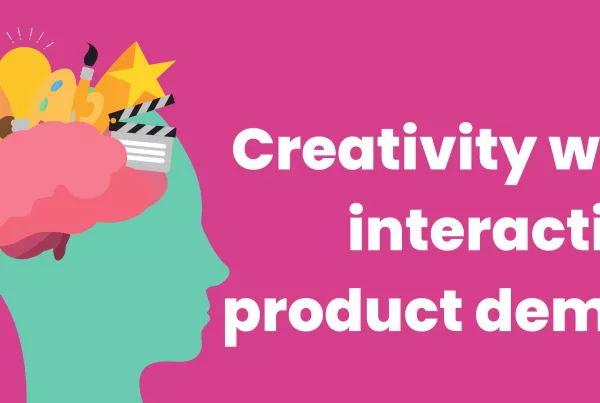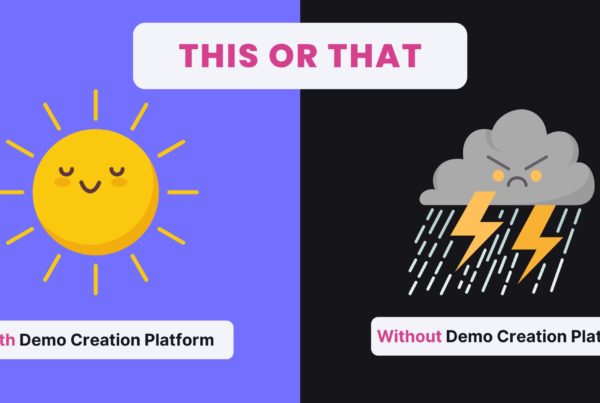In 2011 “big data” was all the buzz. Facebook helped launch the no-SQL movement with Apache Cassandra, and there was clearly a need for a new document-oriented method of storing data.
I had just moved back to Silicon Valley after spending a few years in the NYC startup scene. My SaaS sales tech startup didn’t raise money after our AngelPad demo day, and I was now looking for a full-time account executive role at a well-funded startup.
My friend Megan was working at MongoDB back in NYC and hooked me up with the interview. I got the gig as one of their first sales hires based in Redwood City, CA. Our office was across the street from the main Oracle HQ at the time.
About two years prior to me joining, founders Dwight Merriman, Eliot Horowitz, and Kevin P. Ryan launched the MongoDB open source project under a corporation called 10Gen.
From a sales perspective, since the product was free, we were tasked with selling support services to engineering organizations.
Our entire go-to-market strategy was pretty clear from my perspective:
A) Get as many engineers to use MongoDB as possible for free (product-led growth)
B) Build a global community of technical users through events, develop advocates, and make it “cool” to use MongoDB (community-led growth)
C) Worry about developing scalable revenue models later
Since the MongoDB.org open-source project had launched in 2009, technical users were signing up, building applications using the new NoSQL/document-oriented database, and becoming raving advocates.
We then launched a global series of user events in cities ranging from New York City to Sao Paulo. These events were also used to educate organizations around this new method of storing data and how they could leverage MongoDB to move into the new world of big data.
We would then receive inbound messages from developers asking technical questions and requesting consulting and training. These requests were scoped out with a pre-sales engineer and the account executive, and then a cost was delivered to the user.
Since we had thousands of existing users, many that didn’t know we were offering support and training services through 10Gen, the account executives would conduct outbound prospecting against the existing database of users.
We were not aggressively selling, but more like letting them know what was available, learning from them, and explaining how we could support their projects. Our pre-sales engineers also provided a teaser of what the paid support and training would look like by doing a short Q&A on the sales call.
It felt like shooting fish in a bucket.
Over the last 10 years, MongoDB went on to hire high-powered enterprise sales leaders, have become the leader in their category, and are now a publically traded company. It’s also the name of the company today (they eliminated the 10Gen brand). By now, it’s safe to say that their go-to-marketing strategy worked extremely well.
So what can we learn from MongoDB? Here are a few takeaways:
- When creating a new category, don’t worry about the long-term monetization at go-to-market.
- Focus on building a community of raving users that become advocates for your product and new movement. Create a “cool factor”.
- Offer your product for free, but charge for human-led support. Give your users a taste of what the paid support would be like on the initial call. This can be done by bringing in a pre-sales engineer on your sales call.
- Sell into your existing user base. Don’t be aggressive, lead with a humble and serving approach. Don’t spam, no automation, this must be very human.
If you have any questions about my experience at MongoDB or want to simply talk shop, feel free to ping me on Linkedin or via email at jorge (at) getreprise.com.
P.S – My most exciting deal during my short stint as an AE at MongoDB was selling to the co-founder and CTO of a startup called “Instagram”. Who knew.
Photo by Jan Antonin Kolar on Unsplash






